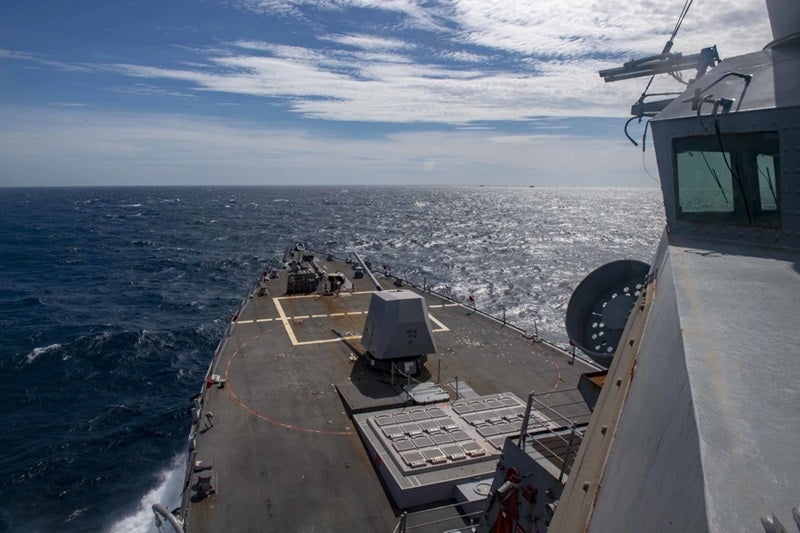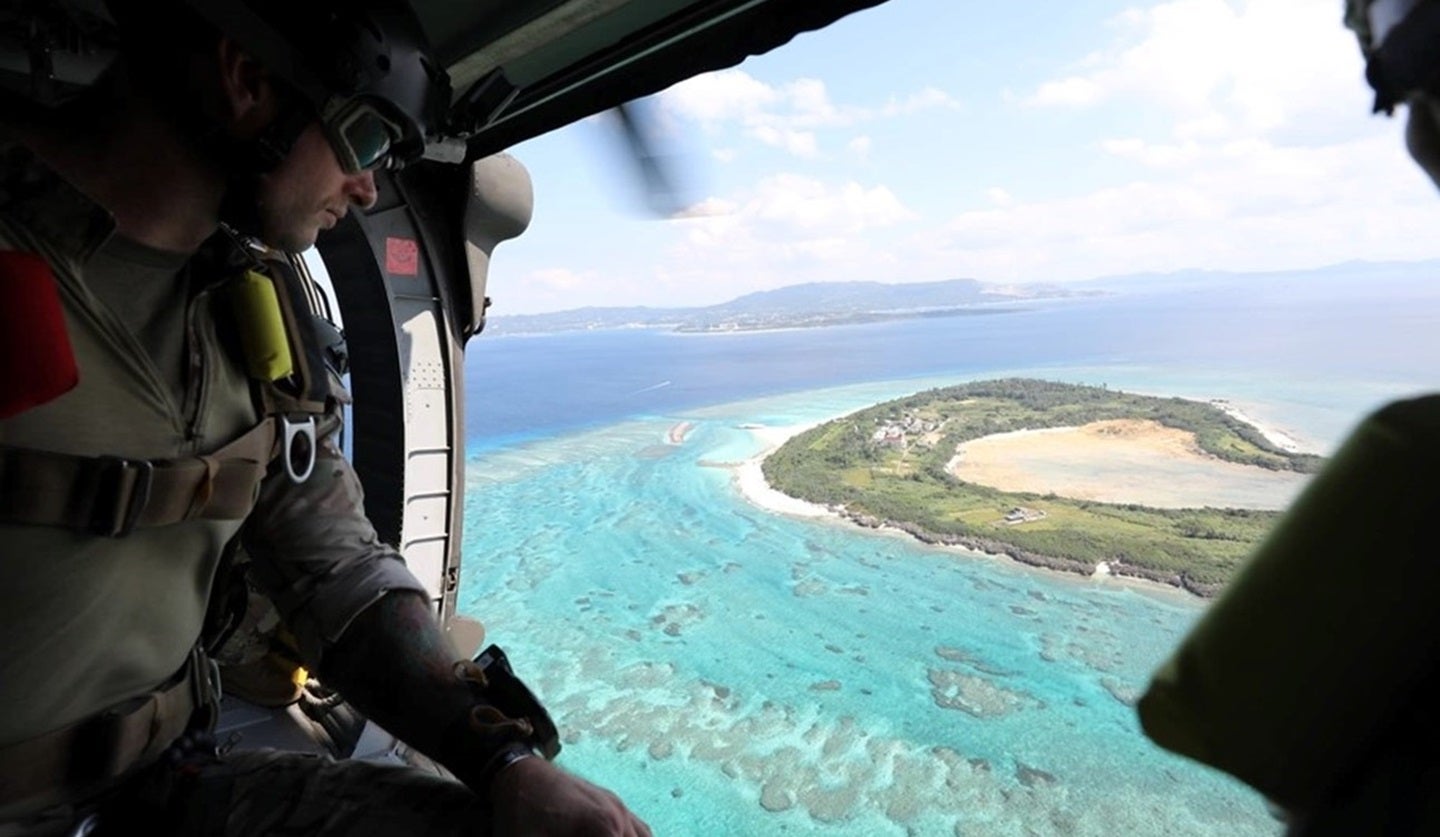It has been a long time coming. The United States now acts in accordance with its calculus by broadening its military posture across the vast stretches of the Indo-Pacific theatre.
As the strategic magnetism of this region pulls the country away from Europe, an old centre of Cold War power play, the move has nonetheless proven to have a devastating impact on America’s erstwhile allies.
What was meant to be a slower, more cordial withdrawal from Europe, America, under President Donald Trump, seems to have slashed ties in what appears to Europeans as a very messy divorce.
“We have been shocked, made very uncomfortable, by the somewhat vicious tone that has crept into transatlantic discussions,” observed Dr Jack Watling, a senior research fellow in land warfare at the Royal United Services Institute.
“The reality is that the United States has been very, very clear with its European allies for four successive administrations that it needs to pivot a significant proportion of its capability into the Indo-Pacific. And Europe did not listen,” he said.
So while Nato partners haggle over the siphoning of their economies with tariffs on steel, aluminium, and cars, strategic allies in the Pacific from Australia, Japan, the Philippines, South Korea, and Taiwan will benefit from growing American security cooperation to match China’s militarisation.

Taiwan divides America First
While there are no illusions of how cabinet ministers in the Trump administration feel about Europe after reports of a Signal chat leak last week, the ‘America First’ doctrine is less cohesive when it comes to supporting other global partners.
“America is committed to sustaining robust, ready and credible deterrence in the Indo Pacific, including across the Taiwan Strait,” asserted Pete Hegseth, US Defense Secretary, during a visit to Tokyo this week.
However, it is not certain that this view is shared by others in government, such as J D Vance, the Vice President, who fixates on ideology and domestic issues.
This will quickly unravel as this division will be put to the test on 1 April, as Beijing encircles Taiwan. China’s Ministry of National Defence announced it is conducting joint exercises around the autonomous island.
The rival power has organised elements from its army, navy, air and rocket forces to “close in on Taiwan Island from multiple directions,” noted a senior colonel, Shi Yi, a spokesperson for the Eastern Theatre Command.
It is said that the drills will mainly focus on sea-air combat-readiness patrols, joint seizure of comprehensive superiority, assault on maritime and ground targets, and blockade of key areas and sea lanes to test the joint operation capabilities of the troops.
According to the The Times, Chinese Navy assets include the Type 002 class Shandong aircraft carrier.



